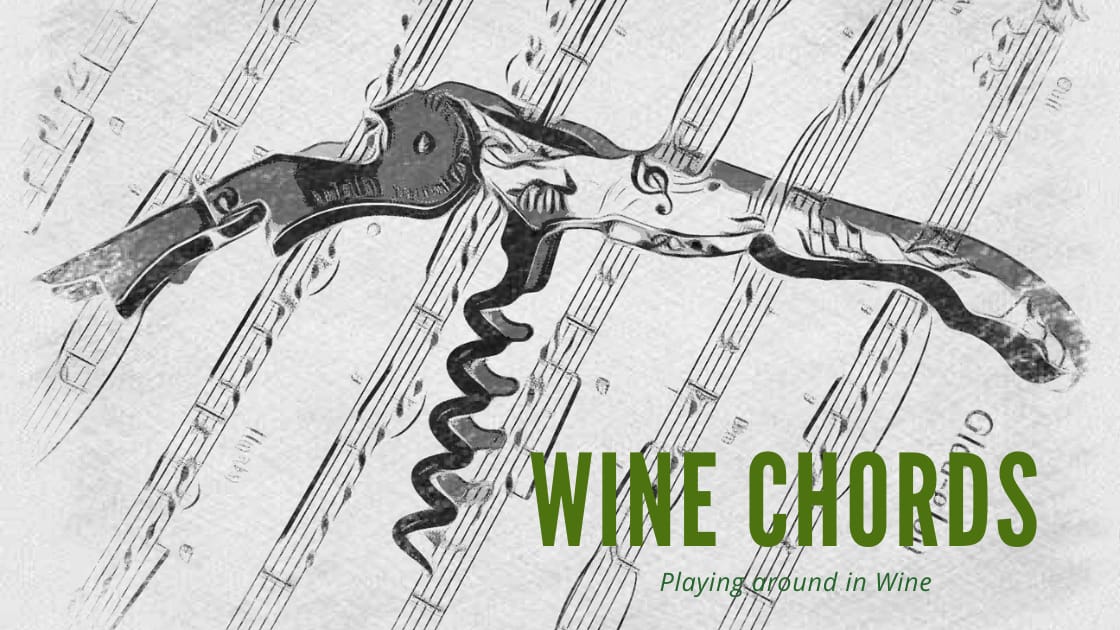Bravo is located in the increasingly popular eastern district of Stavanger. We have visited a couple of times in the past. Bravo can be characterized as a wine bar, or informal restaurant, with small but elaborate plates at very affordable prices. They offer around 15 wines by the glass, all good and inspiring, as well as a full list of wines by the bottle. The profile is natural, sustainably produced wines with a terroir character.
From the small dishes and snacks menu, this time we chose (European) hake, yellow beetroot, pork rillettes and braised sirloin, and also a bowl of green olives.

The first wine was a sort of entry-level wine from Alberto Nanclares and Silvia Prieto, one of the leading producers in Galicia’s Rías Baixas. I didn’t take many notes, so the following is mostly based on memory. Dandelión 2022, a varietal albariño, appeared as grape-fresh as usual. Light golden in colour, aroma of yellow apple, lime and stone minerals. It has the typical glyceric full-bodied albariño character, good fruit in the mouth, great acidity and finishes dry.


We had a superb German wine, Karl May’s Osthofen Pinot Noir 2020, with yellow beetroot and even the pork rillettes. The winery has been in the family since 1815. Today it’s Peter and Fritz from the 7th generation who manage the family winery in Rheinhessen. Ruby red, and what a lovely red fruits nose, dominated by raspberry. Just behind there is cherry and a slightly earthy note. Juicy in the mouth with delicate tannin and an inspiring acidity.

Frances Grimalt of 4 Kilos is one of the leading wine personalities on Mallorca, and a torchbearer for the revolution of the variety callet, maybe the most emblematic grape on the island. Here it’s the mantonegro (also spelled manto negro), that’s playing the key role, with a small percentage syrah. Mantonegro typically gives a light colour and high alcohol to a blend. Gallinas y Focas, here in the 2019 vintage is made in collaboration with an organisation for mentally handicapped. It’s a wine with some volume and enough power to go with the braised meat. Cherry red, warm and developed aroma of red and dark fruits, with some spice.

To round off we had two wines, the Stolpman Vineyards‘ white Uni and Schödl‘s skin contact wine called Bloody Muscat.

Stolpman is found in Ballard Canyon, California. The wine Uni 2021 is made from roussanne 70%, and chardonnay 30%. It’s light yellow with green hints, smells of ripe pear, citrus and white flowers. It’s a wine with good volume and adequate acidity.

Schödl is located in Loidesthal, Weinviertel, just norti of Wien. Their Bloody Muscat 2023 wonderfully rounded off our meal. It’s a wine from roter muskateller grapes, that gives it a.special colour to the wine. The grapes macerated about two weeks on the skins. After fermentation the wine went into big oak casks. Bottled without filtration and fining. Deep golden with a reddish hint, slightly turbid. Aroma of orange peel, white flowers, herbs and ethereal oils. Smooth tannins and good acidity, rounded. It’s in a way serious, but it’s also fresh and fun.
Leave a Comment





































